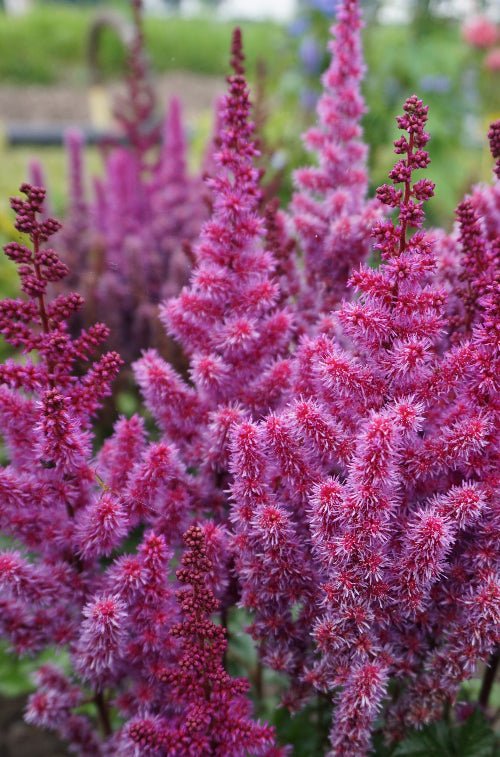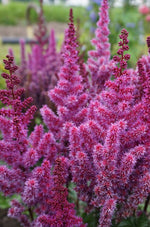
Purple Rain
775
Astilbe Purple Rain is the perfect choice for adding bold color and texture to shady spots in your garden. Its feathery pink and purple blooms and lush green foliage create a stunning, romantic look that lasts all summer long. Whether planted in flower beds, borders, or containers, this perennial is a low-maintenance beauty that thrives with little effort.
- Vibrant pink and purple flower plumes that bloom from summer to fall.
- Thrives in partial to full shade, perfect for shaded areas.
- Attracts pollinators like bees and butterflies.
- Deer and rabbit resistant for worry-free gardening.
- Grows up to 24-36 inches tall, adding height and elegance to your garden.
How to plant and care for Astilbe Purple Rain:
- Choose a location with partial to full shade and well-draining soil.
- Dig a hole twice as wide as the root ball and plant at the same depth as the container.
- Water regularly to keep the soil consistently moist but not soggy.
- Apply a layer of mulch to retain moisture and regulate soil temperature.
- Fertilize in spring with a balanced, slow-release fertilizer for healthy growth.
- Cut back the foliage after the growing season to prepare for next year’s blooms.
FAQs

